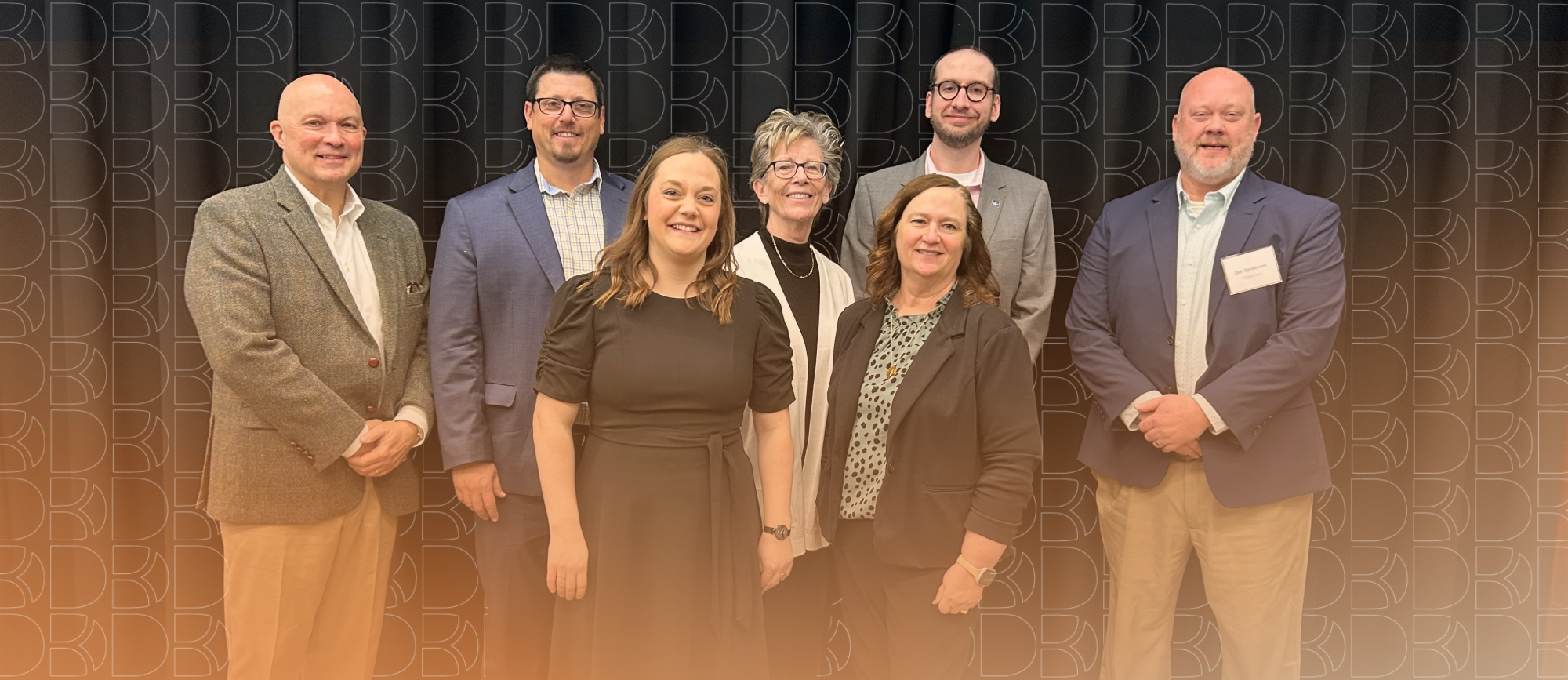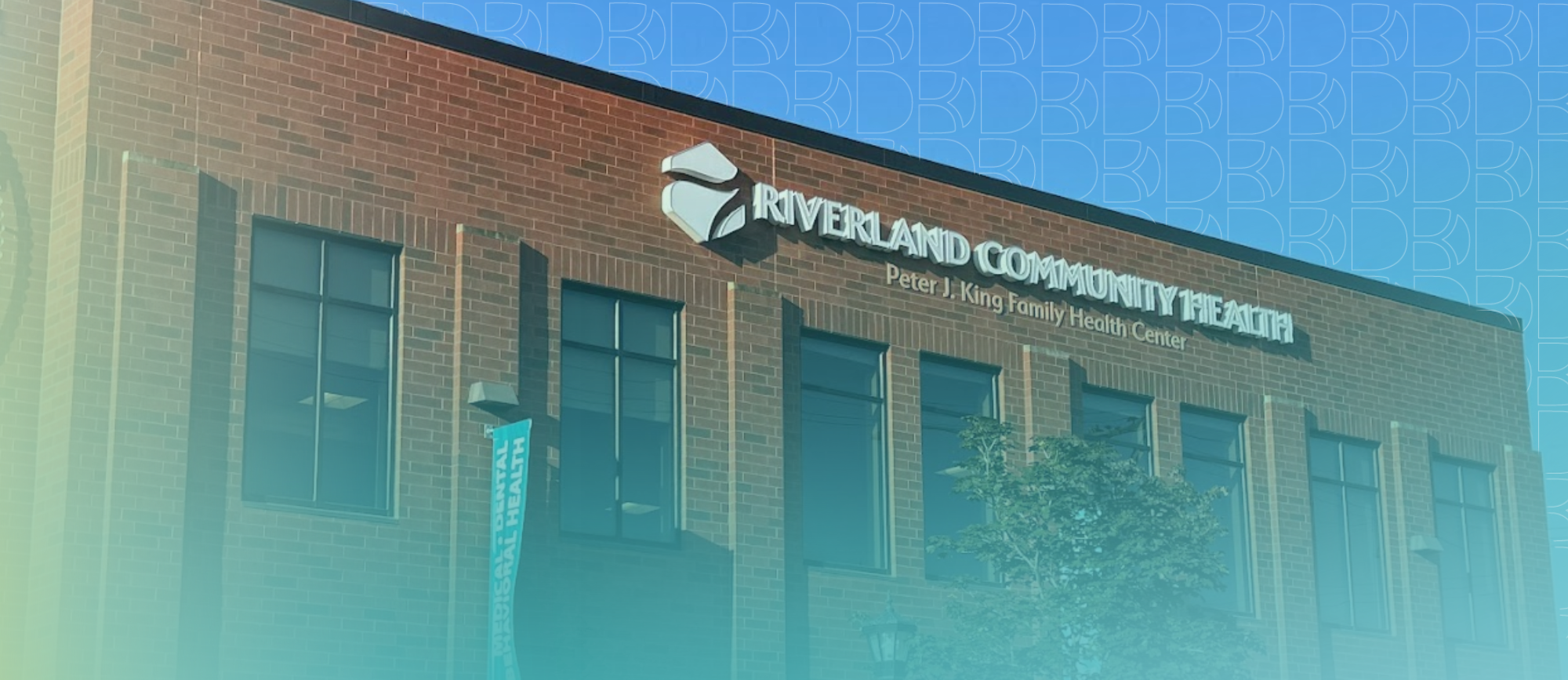What is the FDIC?
The FDIC, or Federal Deposit Insurance Corporation, is an independent agency Congress created in 1933. The goal of the FDIC Is to maintain stability and public confidence in the nation’s financial system.
The FDIC insures deposits; examines and supervises financial institutions for safety, soundness, and consumer protection; makes large and complex financial institutions resolvable; and manages receiverships.
What does FDIC Deposit Insurance provide?
FDIC Deposit Insurance enables consumers to place their money at FDIC-insured banks confidently. FDIC Deposit Insurance is backed by the full faith and credit of the U.S. government.
Consumers do not have to apply for FDIC deposit insurance. Coverage is automatic when a deposit account is opened at an FDIC-insured bank.
The standard insurance amount is up to $250,000 per depositor, per insured bank, for each account ownership category. It is important to note that FDIC provides separate coverage for deposits held in different account ownership categories.
FDIC Deposit Insurance is covered dollar-for-dollar, including principal and any accrued interest for FDIC-insured covered accounts.
How do I know if my bank is FDIC-insured?
To check whether the bank you use is FDIC-insured, call the FDIC’s toll-free number, 1-877-275-3342; use the FDIC’s Bank Find tool at https://banks.data.fdic.gov/bankfind-suite/bankfind; or look for the FDIC sign where deposits are received (i.e., a teller station).
Drake Bank is FDIC-insured.
What types of accounts are covered by FDIC insurance?
FDIC Deposit Insurance covers all types of deposits received at an FDIC-insured bank but does not cover investments.
What the FDIC covers:
- Checking Accounts
- Negotiable Order of Withdrawal (NOW) Accounts
- Savings Accounts
- Money Market Deposit Accounts
- Time Deposits (i.e., Certificates of Deposit (CDs))
- Cashier’s Checks
- Money Orders
- Other Official Items Issued by a Bank
For more information on non-covered accounts, visit https://www.fdic.gov/resources/deposit-insurance/financial-products-not-insured/.
What do Ownership Categories mean?
FDIC Deposit Insurance is provided for funds held in different ownership categories. All deposits in each ownership category, whether in one or multiple deposit accounts, are combined and insured up to the insured limit for that ownership category.
Ownership categories are a legal basis of ownership based on federal statutes and FDIC regulations. There are 14 FDIC Deposit Insurance ownership categories:
- Single Accounts
- Joint Accounts
- Revocable Trust Accounts
- Irrevocable Trust Accounts
- Certain Retirement Accounts
- Employee Benefit Plan Accounts
- Business/Organization Accounts
- Government Accounts (Public Unit Accounts)
- Mortgage Servicing Accounts for Principal and Interest Payments
- Accounts Held by a Depository Institution as the Trustee of an Irrevocable Trust
- Annuity Contract Accounts
- Public Bond Accounts
- Custodian Accounts for Native Americans
- Accounts Deposited by an IDI Pursuant to the Bank Deposit Financial Assistance Program of the Department of Energy
Each ownership category has different requirements for a depositor to meet in order to qualify for insurance coverage above $250,000 at one FDIC-insured bank. To learn more about ownership categories and their requirements, visit: https://www.fdic.gov/resources/deposit-insurance/financial-products-insured/index.html
When is FDIC Insurance Used?
In the unlikely event of a bank failure, the FDIC acts quickly to protect insured deposits by selling the assets to a healthy bank or paying depositors for their deposit accounts to the insured limit.
The FDIC provides many resources on FDIC deposit insurance, which you can find at https://www.fdic.gov/resources/deposit-insurance/.






